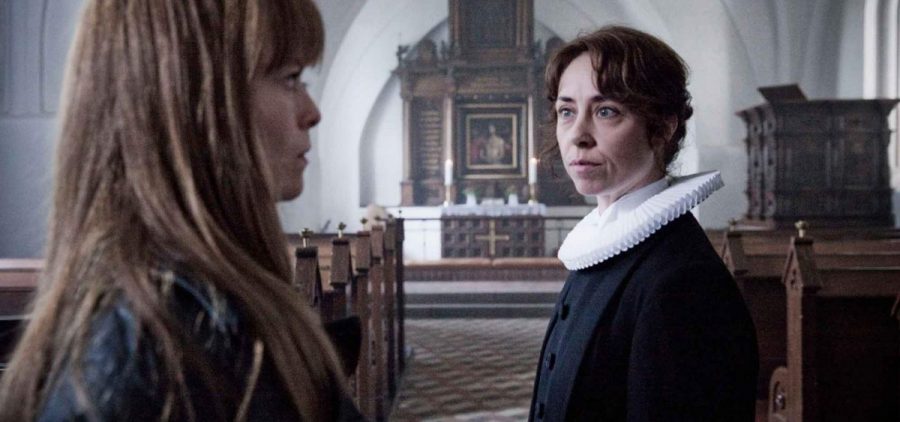Available on DVD from Mon 06 Oct
Søren Kragh-Jacobsen / Denmark/Sweden / 2013 / 92 mins
A teenager murders an elderly couple without explanation. Two years later, he’s an inmate in a maximum security psychiatric hospital. Still no one has answers to his motives. The boy tries to commit suicide, stating that God instructed him to do it. An ambitious psychiatrist (Signe Egholm Olson) turns to a nearby priest (Sofie Gråbøl) to see if she can get through to him. Over the course of twenty-four hours, the priest interviews the boy and begins to shed light on his dark past. Structured similarly to Milos Forman’s Amadeus, the film is told through numerous flashbacks, going deeper and deeper into a life filled with abuse and neglect.
Here is a solemn mediation on empathy. What is best for the boy? Each of the main characters has a different take on it. The priest believes love comes from God. The psychiatrist thinks that social experiments can help the boy (but also further her career). The hospital’s veteran security guard says that the inmates should be left alone to die in peace. The boy thinks that death is the only answer to his pain.
Once again Scandinavian filmmaking impresses. There is a real understanding of the visual medium here. The audience isn’t catered to with exposition. The clues are there if the viewer pays close attention. Every line of dialogue, every shot is a possible answer to the film’s questions.
Each performance is nuanced, whilst the cinematography (captured on 35mm) stays cold and efficient. For a film based on a play, far less is spoken than you would imagine. Danish actor, Frederik Christian Johansen, who plays the troubled boy, carries his scenes with real vulnerability and depth. With talent like this, it’s no wonder the likes of like The Girl With The Dragon Tattoo and Let The Right One In have taken the world by storm; Scandinavia is producing world class films. Let’s hope to see many more.


Comments